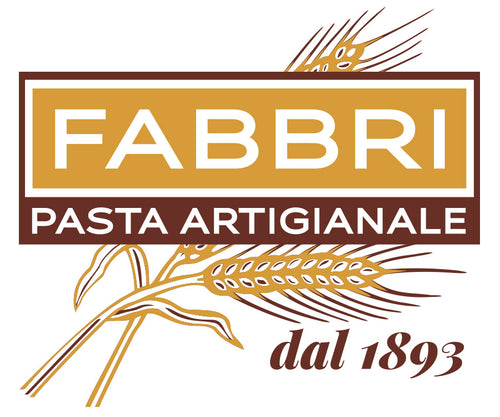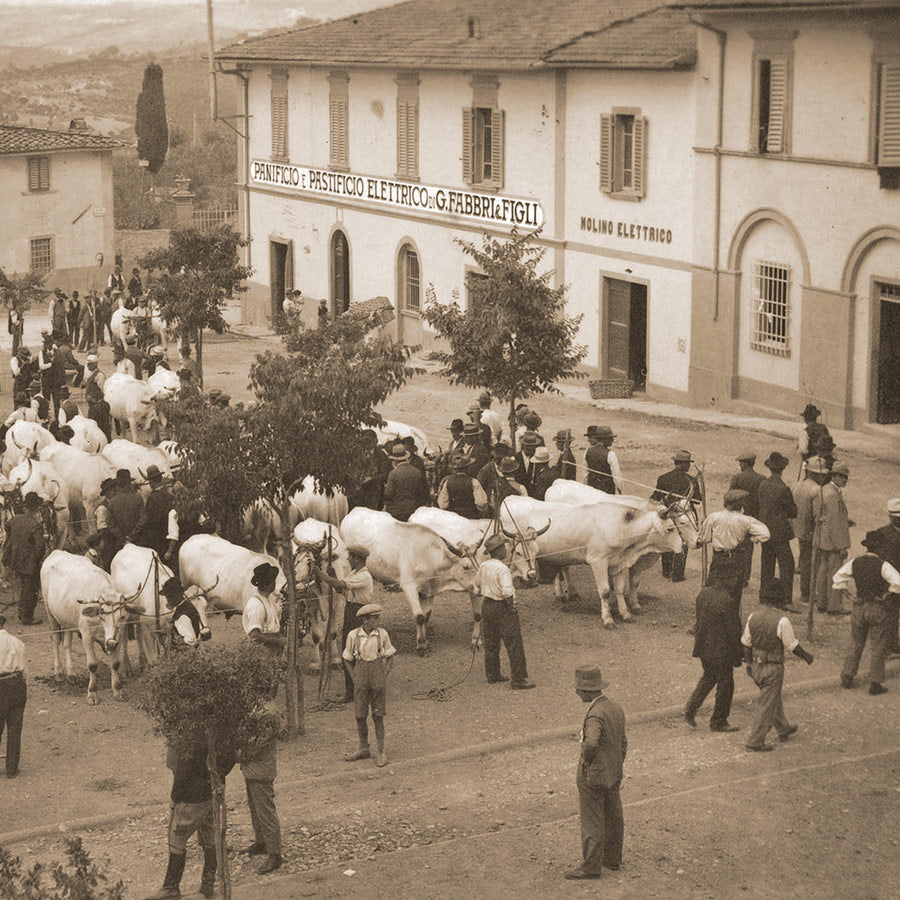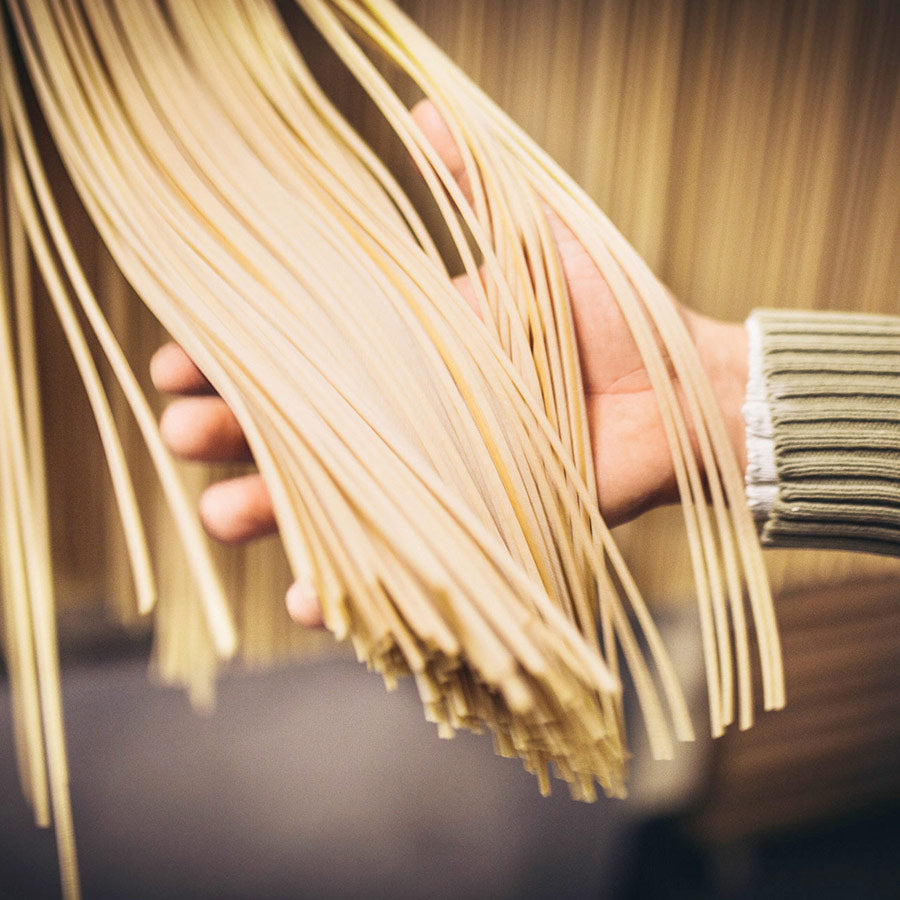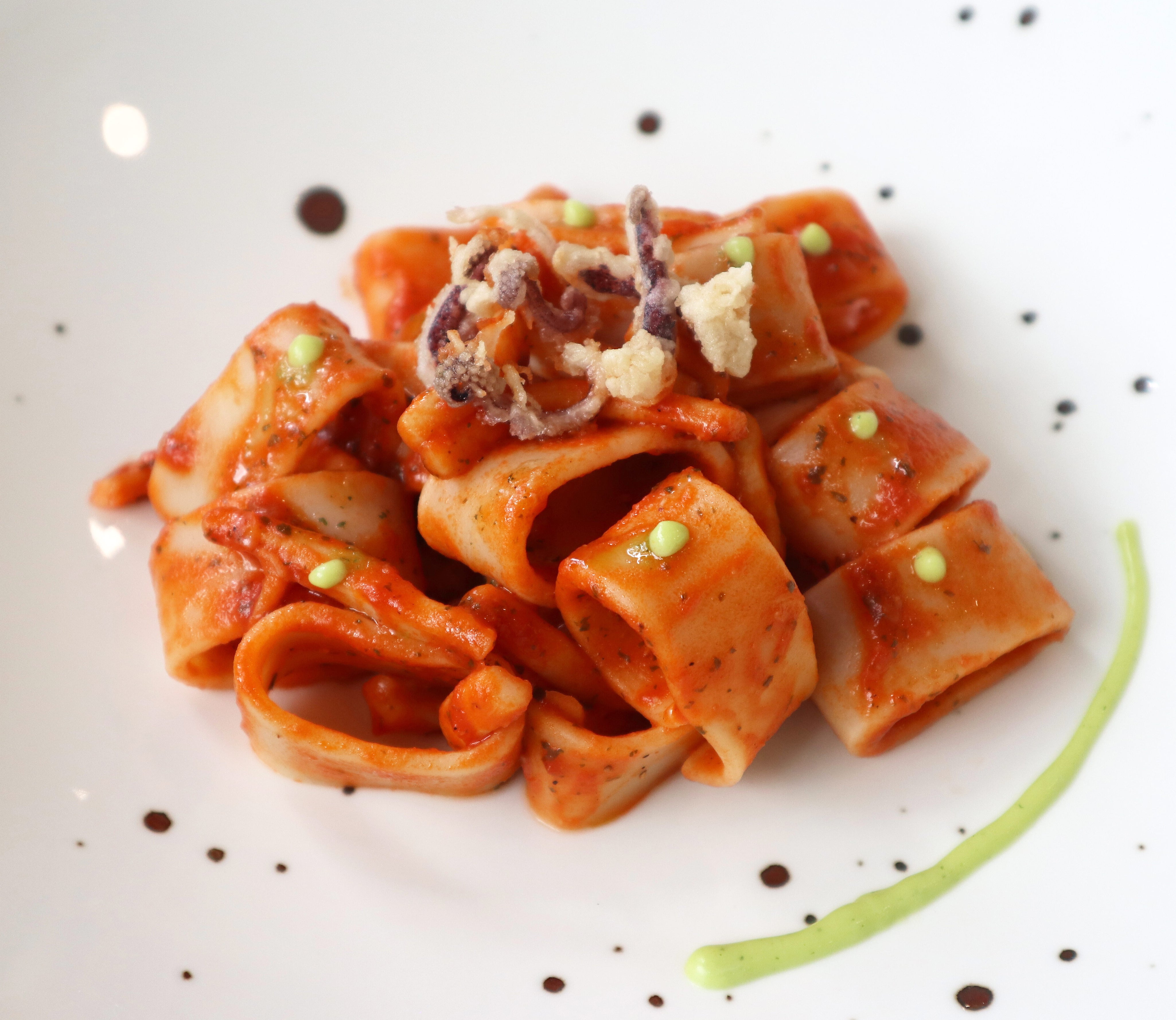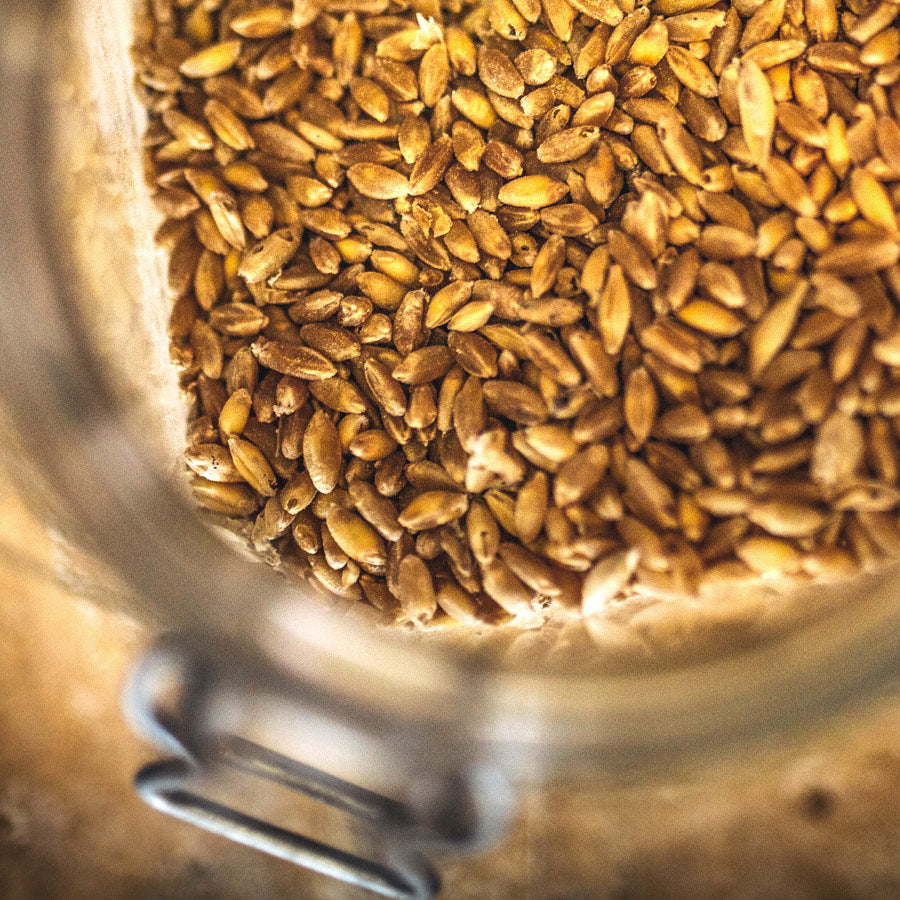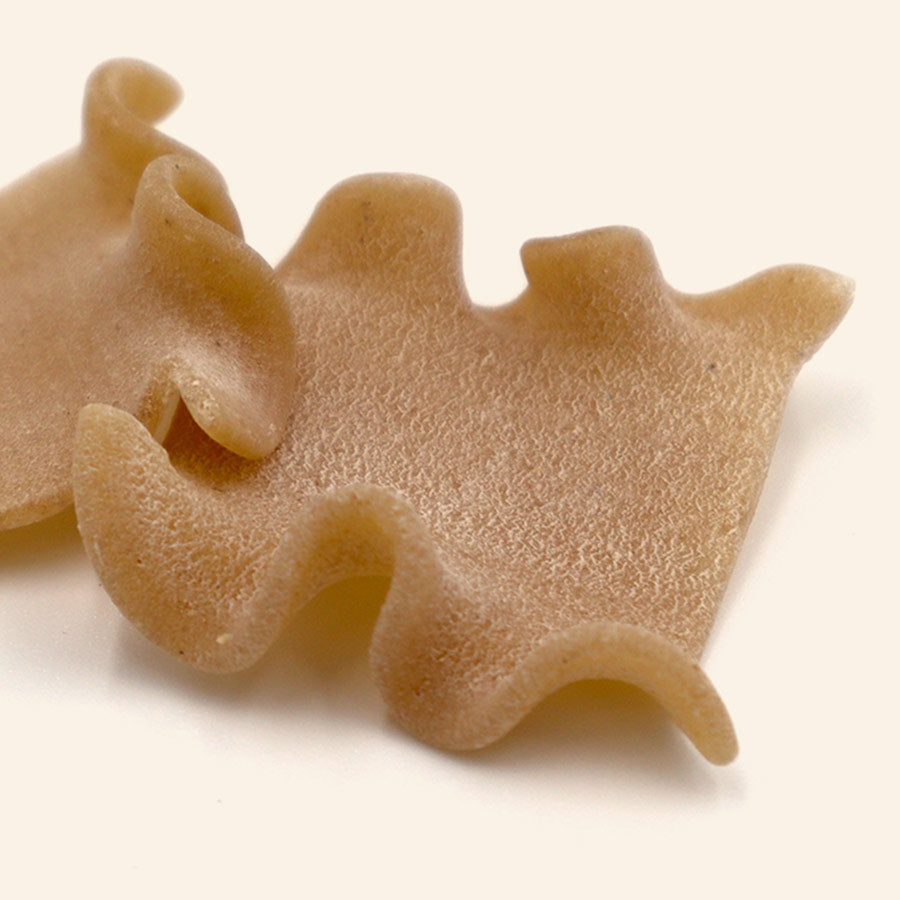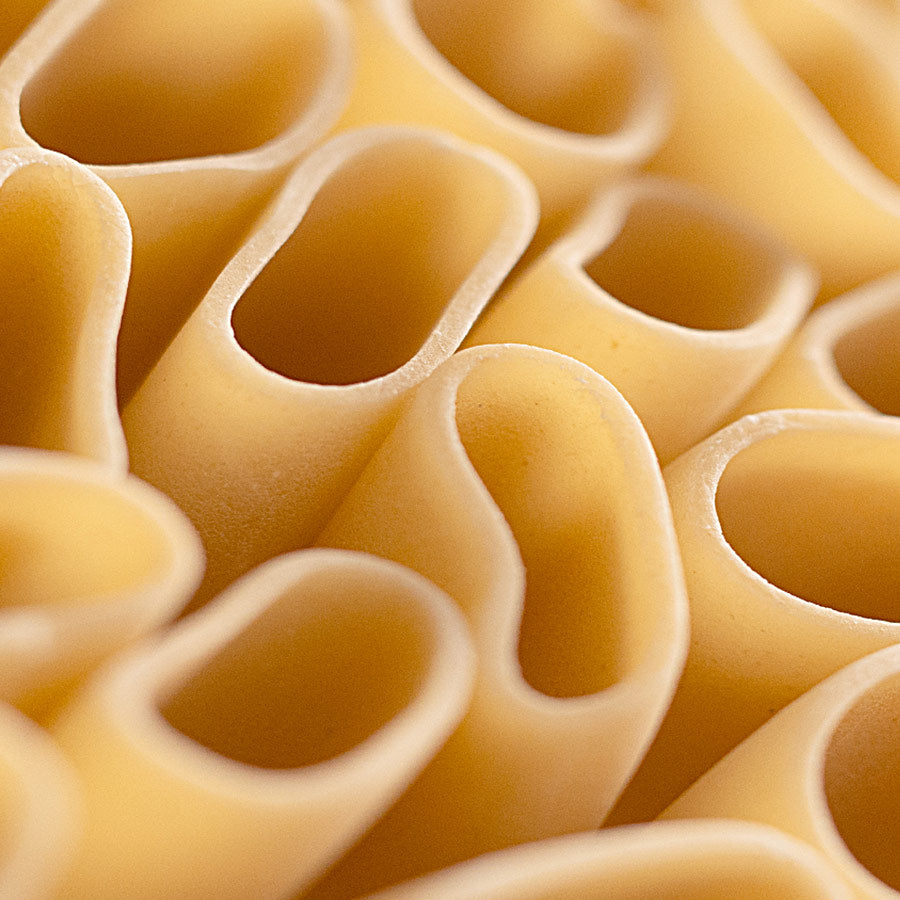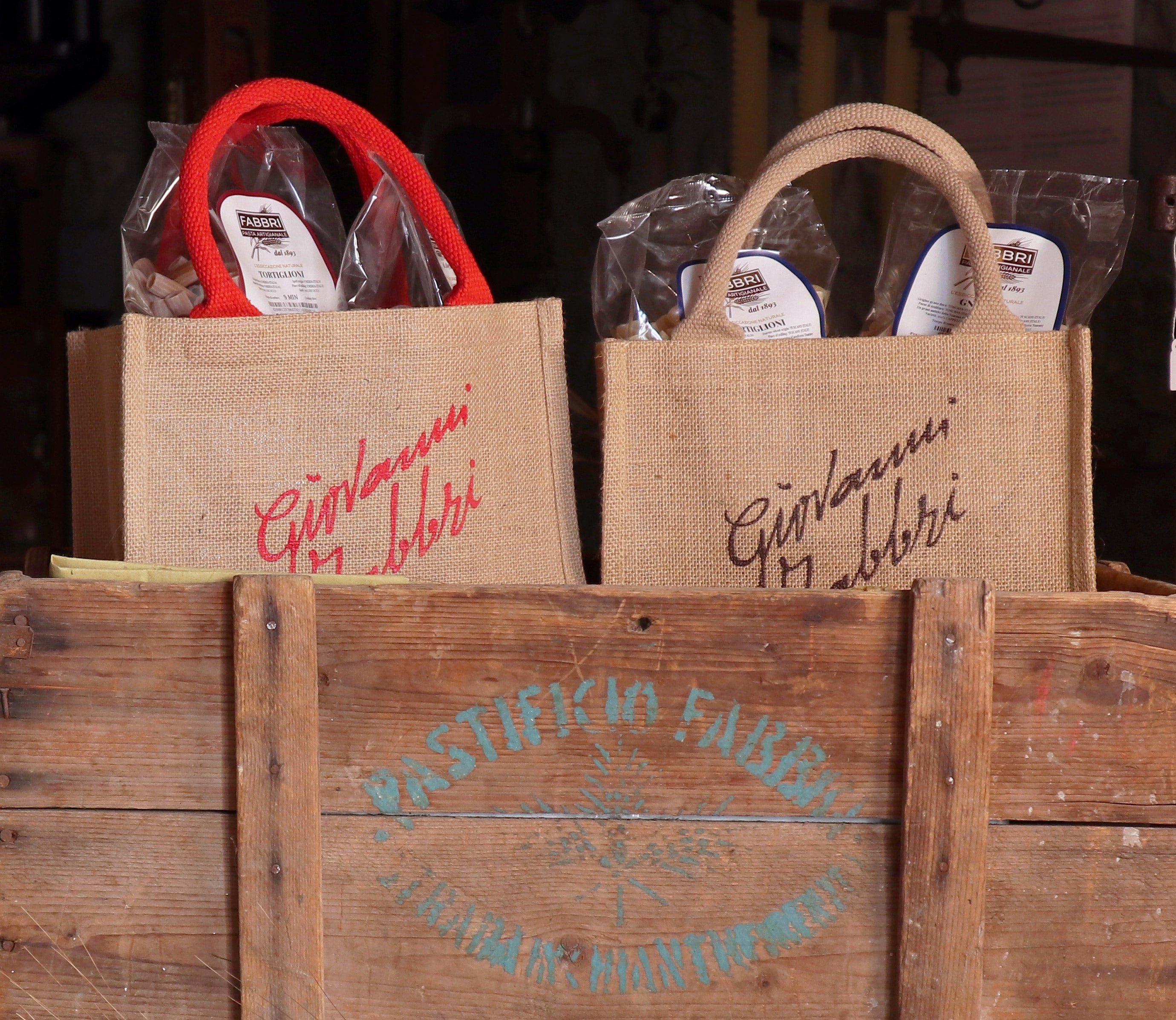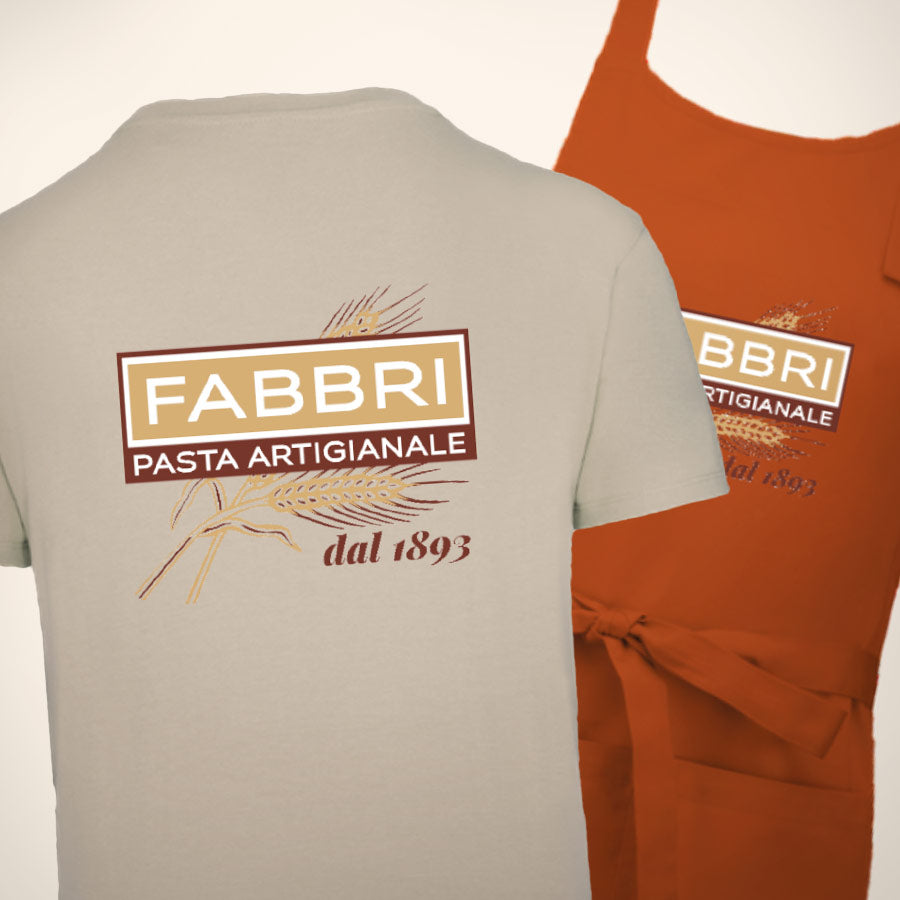Cooking pasta: 3 mistakes to avoid
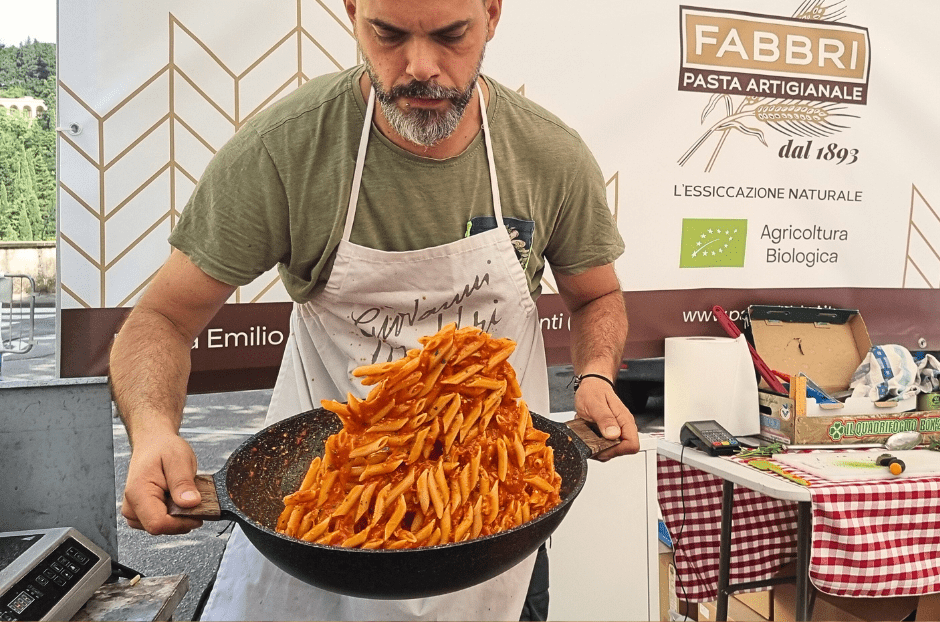
Preparing an artisanal pasta dish is an extraordinary culinary experience that deserves to be carried out with attention and care. However, even the most experienced chefs can make mistakes that can affect the final result.
In this article we will explore the three most common mistakes to avoid when cooking artisanal pasta.
1. Use little water for cooking
The golden rule is to use 1 liter of water for every 100 grams of pasta.Having a sufficient amount of water when cooking pasta offers numerous advantages.
First of all, plenty of water is essential to maintain a constant temperature during cooking. The more water available, the more difficult it is to decrease the temperature quickly.
This abundance of water ensures that the pasta can rehydrate adequately (our pasta absorbs a lot) and cook evenly.
A further benefit is the reduction of the risk of the pasta sticking to the bottom of the pan , although it is still important to mix it gently with a ladle.
BONUS: if you are at the end of cooking and want to stir the pasta, but you have very little cooking water, don't worry! If the pasta is produced at low temperatures, even fresh water from the bottle can be used (how to obtain perfect creaming: Marco Fabbri's advice) .
Many say that conserving cooking water is essential to creating a creamy and delicious base for the sauce. As far as we are concerned, this aspect is certainly important, but not crucial, since pasta is able to release starch even if fresh water from the bottle is used.
2. Too much salt
When you cook artisanal pasta, made with ancient grains and worked slowly (below 38°C), you will notice that it is already tasty , even if you season it with just a drizzle of oil.
We therefore always recommend not to overdo it with salt . Let the authentic taste of the grains express themselves at their best.
It is important to limit the addition of salt to both pasta and sauce, as using too much salt can be harmful to your health. Especially since the pasta absorbs the sauce during cooking; if both already contain significant amounts of salt, the end result may be excessively salty. So it's always better to "fix" at the end.
3. Don't plan the evening, risking overcooking the pasta
Before diving into preparing a delicious pasta dish, it is essential to take some key factors into consideration:
• decide which type of format and sauce you will use
• determine the number of servings needed
• consider whether the pasta will have to wait a while before being served
These details are essential to ensure the success of your pasta dish.
With this information in mind you can adjust the cooking time of the pasta to suit your specific circumstances.
We leave you with three examples of different sauces that will help you understand the precautions necessary to cook artisanal pasta in the best possible way:
• Pasta with ragù: cook the pasta for about two thirds of the indicated time, then sauté it in the pan with the sauce. Even when you turn off the heat, the pasta will continue to cook in the hot sauce.
• Pasta with pesto: cook the pasta until almost the end of the cooking time; once drained, add the cold pesto immediately with the heat off. This way, the pasta will maintain its al dente consistency.
• Cold seafood pasta: cook the pasta very al dente; then cool it immediately under cold running water to stop the cooking. Then add the cold ingredients that you previously prepared separately.
These examples demonstrate that there is no rigid recipe to follow when it comes to cooking artisanal pasta, since ours is a "living" pasta.
This ensures that the gluten remains elastic and that the starch retains its natural characteristics. We always recommend avoiding excessive creaming, since in this case the starch is produced continuously (a pasta with a high quantity of starch in the sauce could be less pleasant and less healthy).
In conclusion, what is really important is to experiment as much as possible, even at the cost of making mistakes.
To fully appreciate its flavor and freshness, we invite you to try different recipes and condiments, even with simple preparations such as garlic, oil and chilli pepper, because "good things are the simplest".
